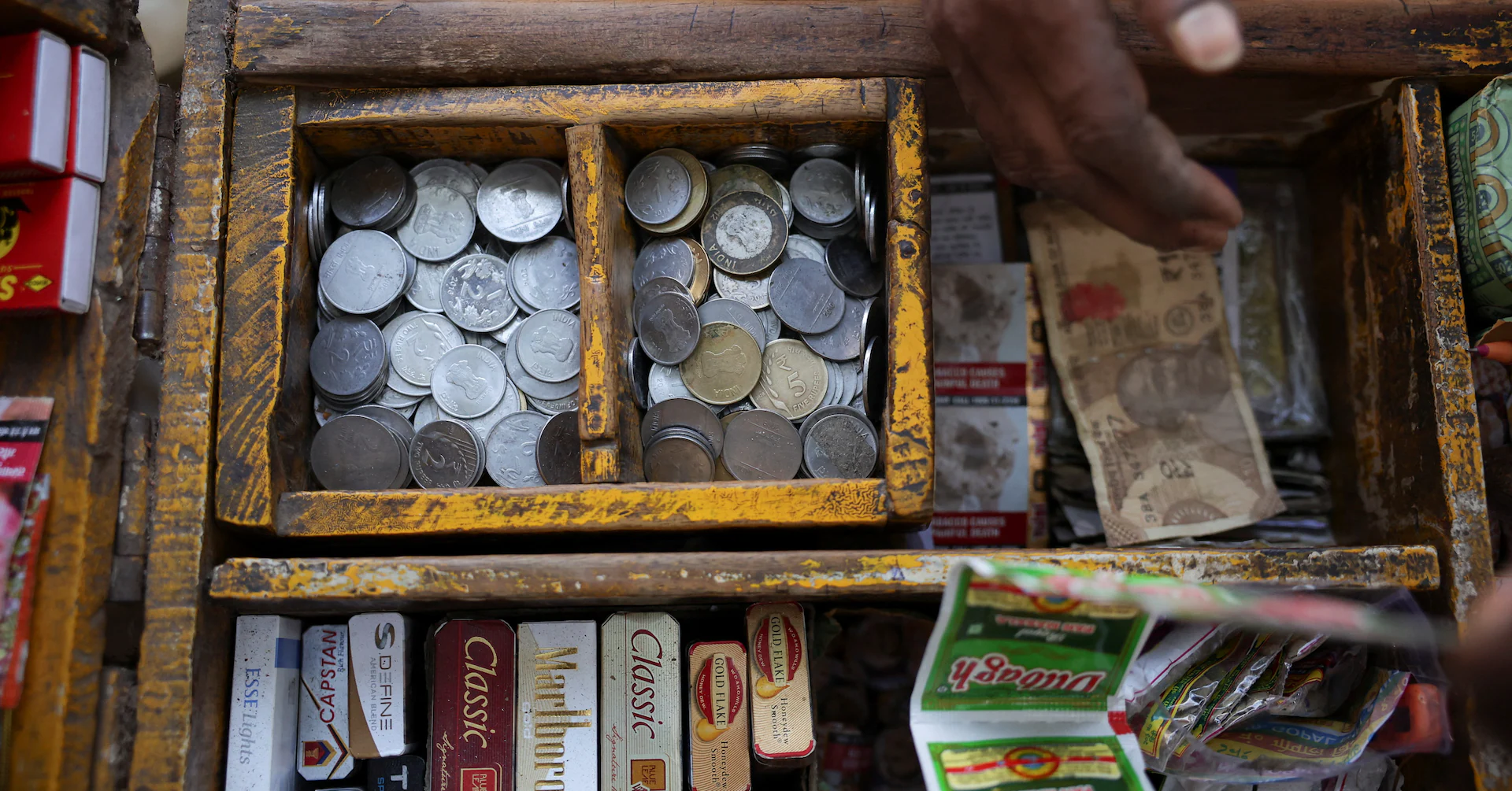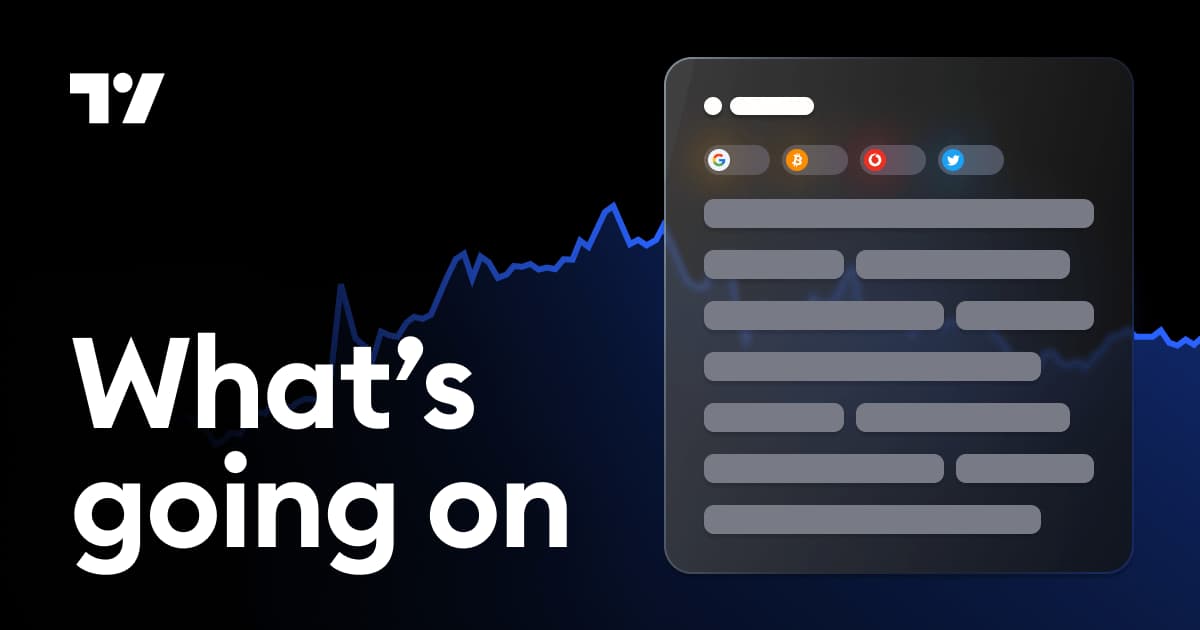
MUMBAI, Sept 30 (Reuters) – The Indian rupee dropped to a record low on Tuesday, with unresolved trade strains with the United States fuelling heavy dollar demand and prompting central bank intervention to support the currency.
The rupee hit a lifetime low of 88.80, slipping past the prior low of 88.7975 struck last week. It was last quoting at 88.7550.
Sign up here.
Market participants have seen little reason to bet on a turn in fortunes for the currency with a trade deal with the U.S. remaining elusive, while a recent hike in U.S. H-1B visa fees has compounded the currency’s weakness.
Analysts warn the U.S. decision to hike H-1B visa fees could weigh on revenues in India’s technology sector and trigger renewed equity outflows.
Foreign investors have accelerated their selling of Indian stocks following the visa fee increase, pulling more than $2 billion from the market over the past six sessions.
That’s a marked pickup from the roughly $800 million withdrawn in the first three weeks of September, underscoring the pressure on portfolio flows.
The rupee’s decline has been exacerbated by dollar demand from jewellery importers ahead of the October festival season.
The Reserve Bank of India has been intervening through state-run banks to temper the rupee’s decline, with intervention likely continuing on Tuesday.
Bankers said the central bank sold dollars to limit intraday volatility and prevent the currency’s record low from triggering a broader impact.
“The RBI is stepping in to keep the rupee from spiralling,” said a Mumbai-based currency trader.
“While they’re selling dollars to smooth the market, the flows on the other side remain heavy.”
The RBI intervened in the local spot market and the non-deliverable market last week, per bankers.
“RBI is widely expected to slow the pace of move in line with the stated policy of containing volatility and in order to keep market expectations from becoming ‘one-sided’ ahead of big figure change around 90,” BofA Global Research said in a note.
However, “all rationale points towards a more measured approach this time” from the RBI.
Reporting by Nimesh Vora; Editing by Janane Venkatraman and Ronojoy Mazumdar



